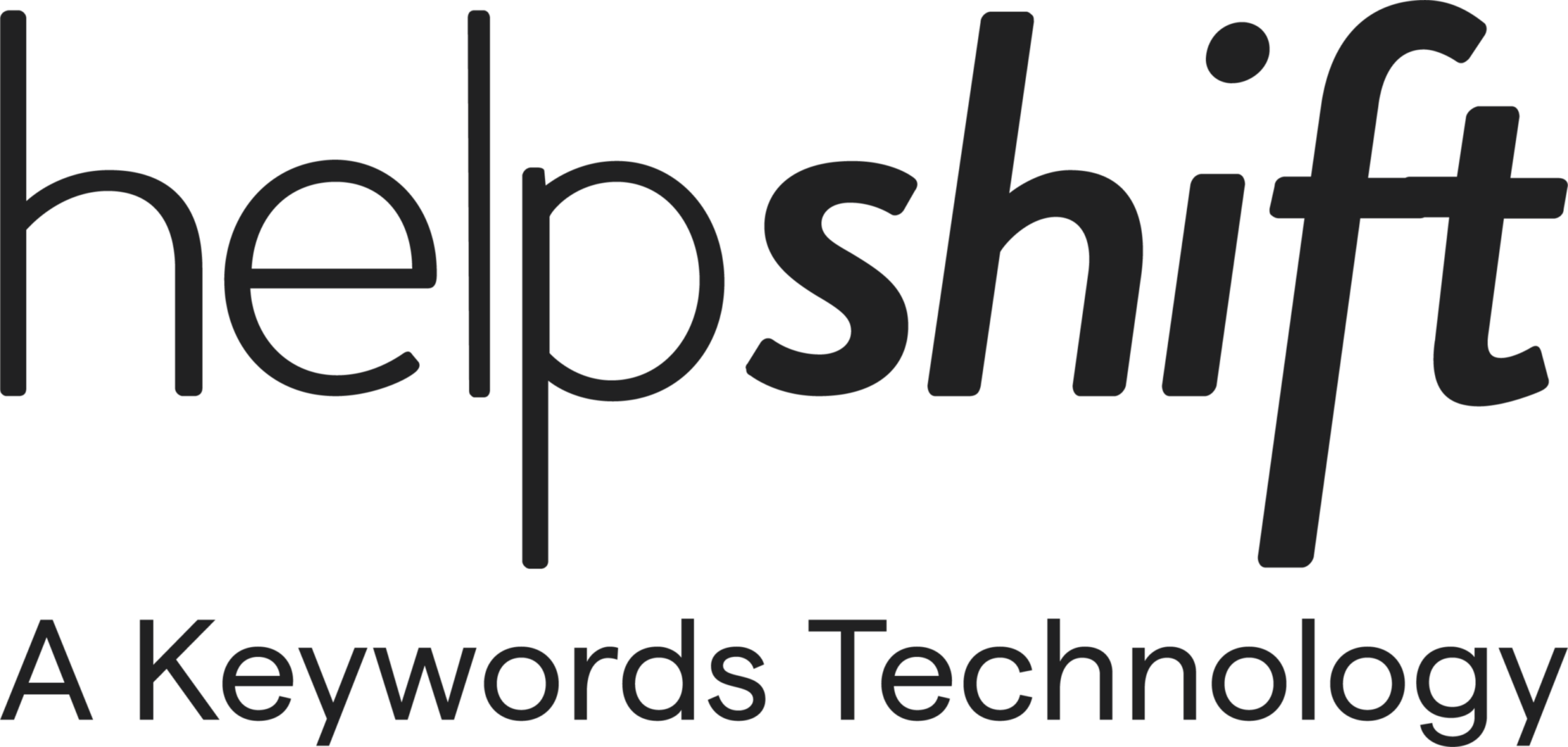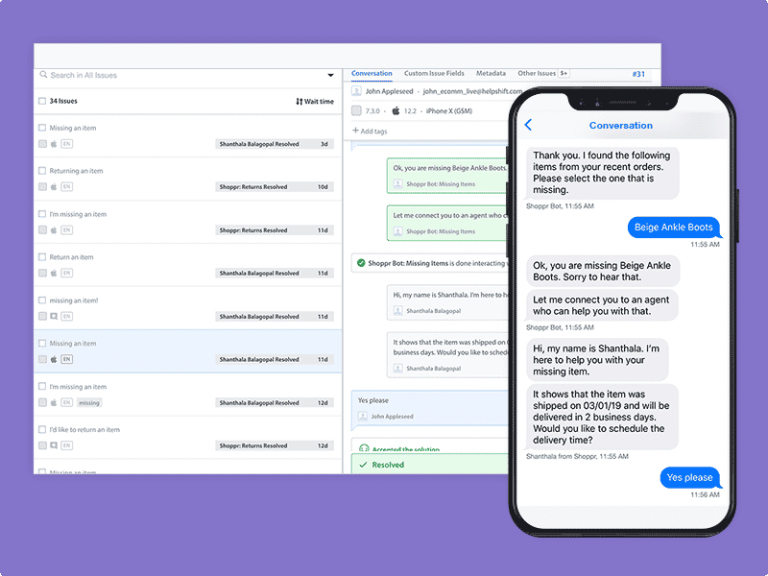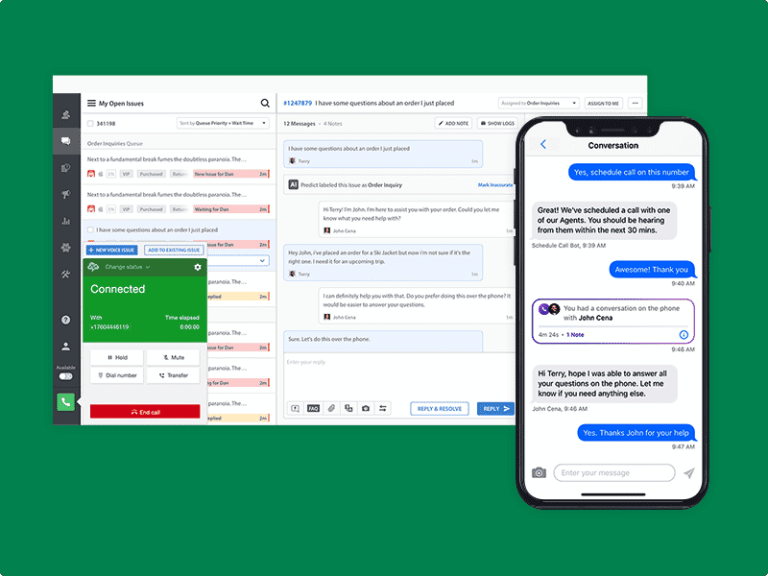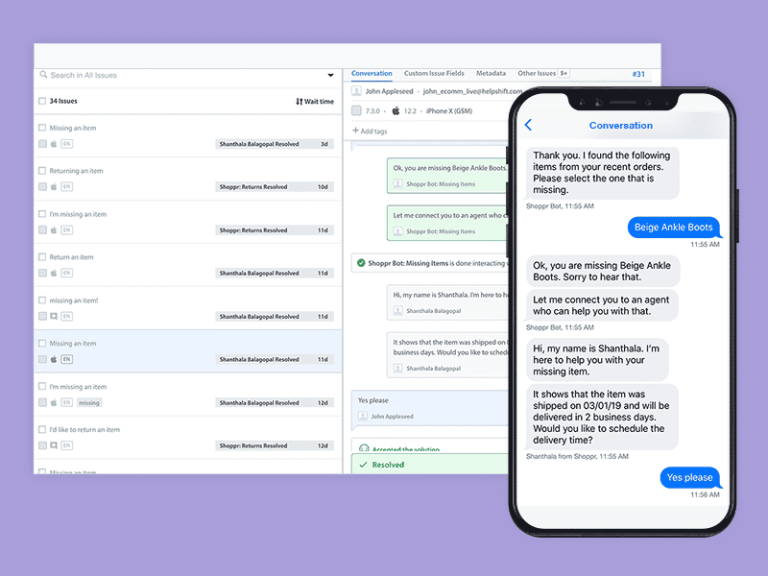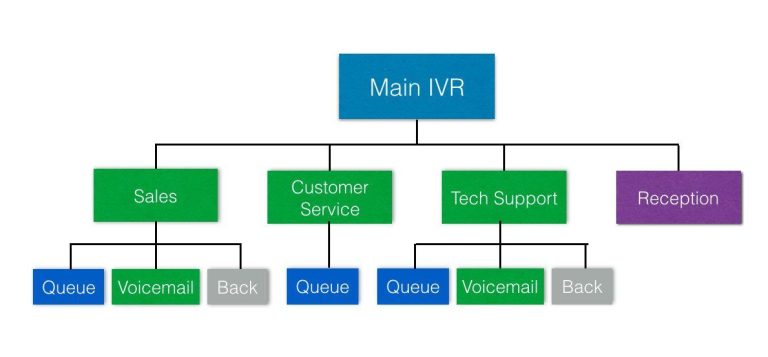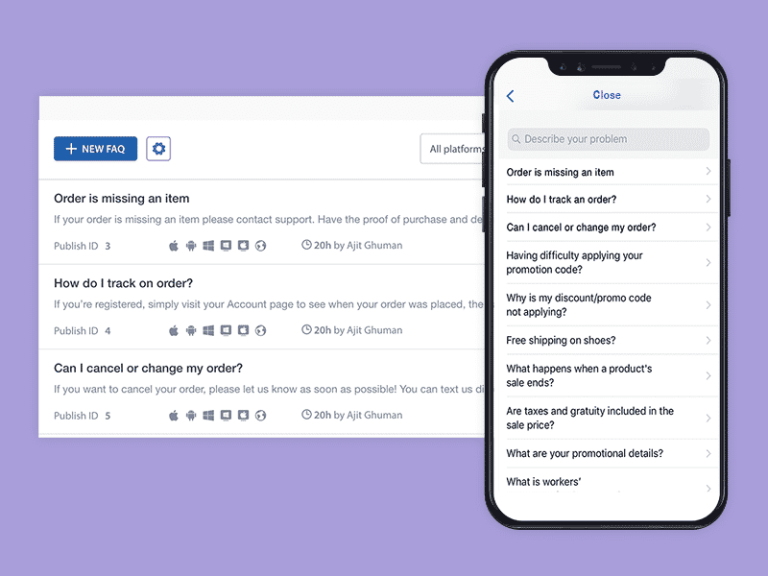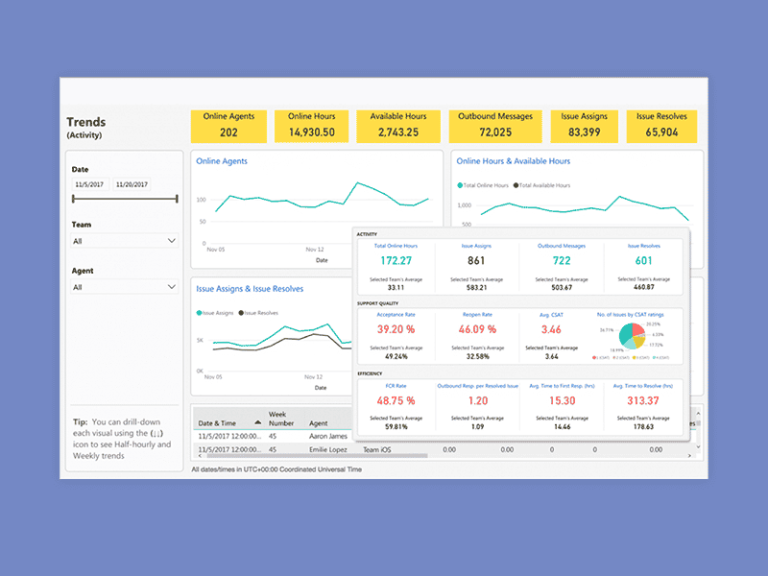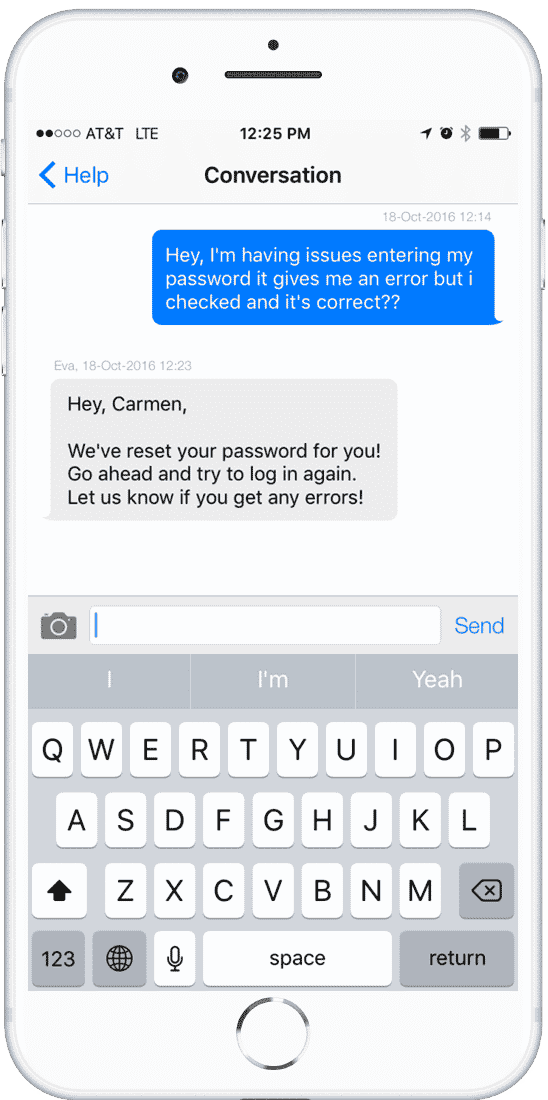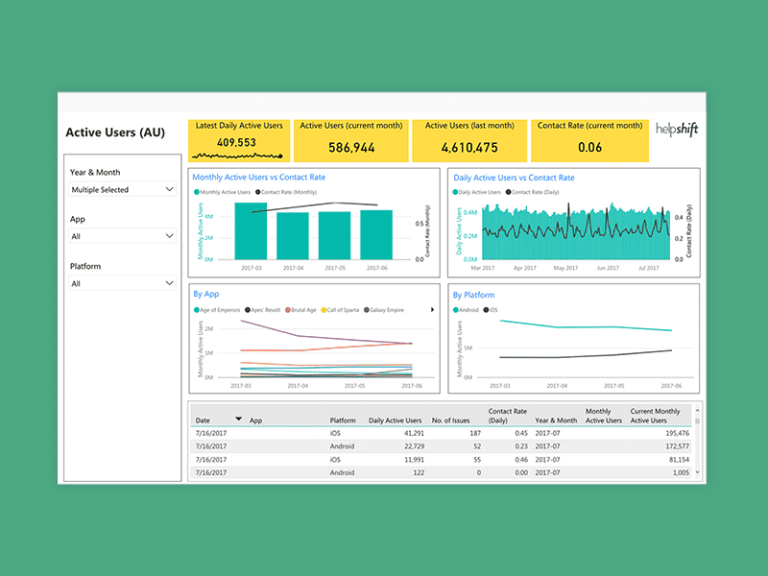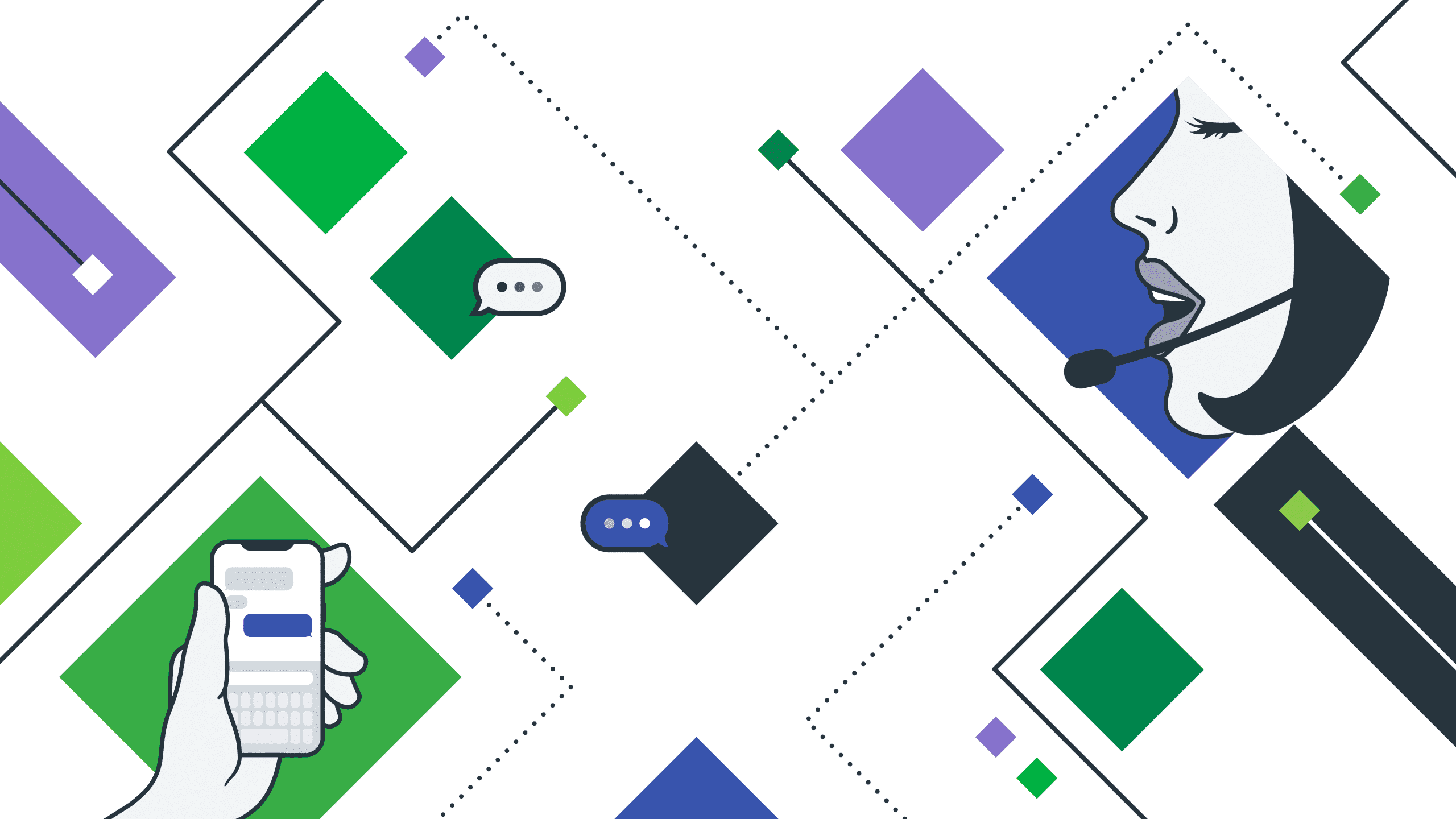Digital Customer Service
Digital customer service simply means meeting the needs of your customers through digital channels such as email, text messaging, chat, and social media messaging. Although it’s differentiated from traditional phone-based customer service, today, technologies like Helpshift exist to enable the integration of digital customer service with voice calls. Why Does Digital Customer Service Matter? Whenever possible, customers prefer to handle…
